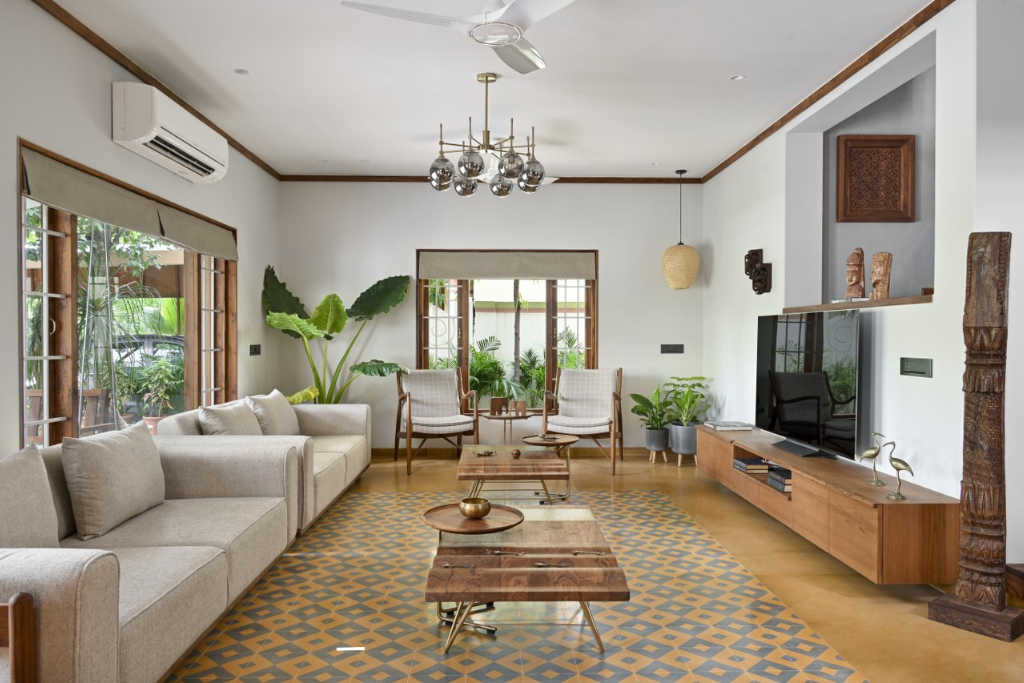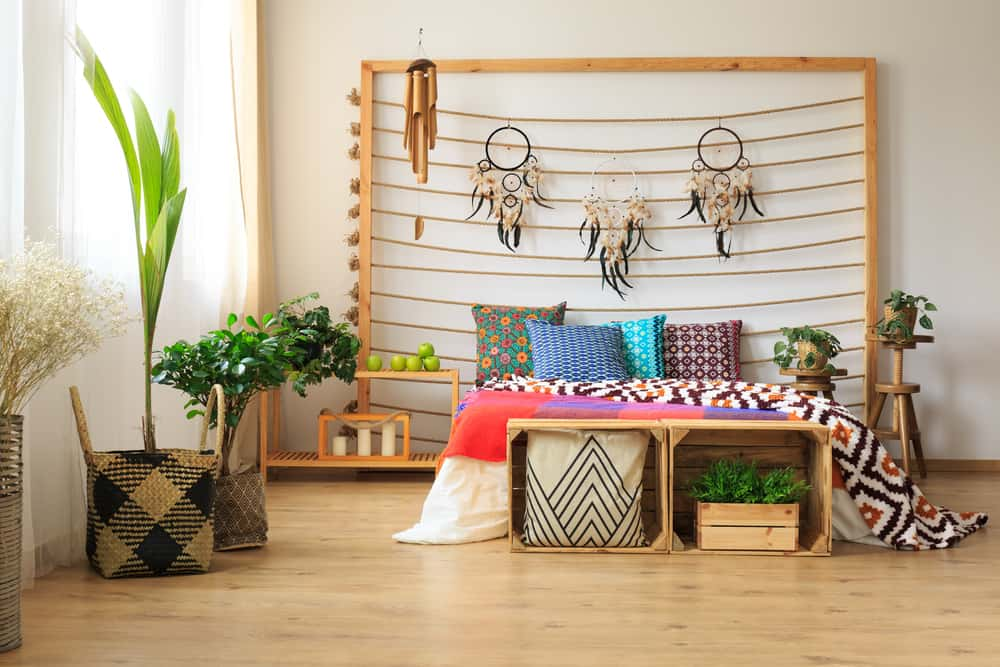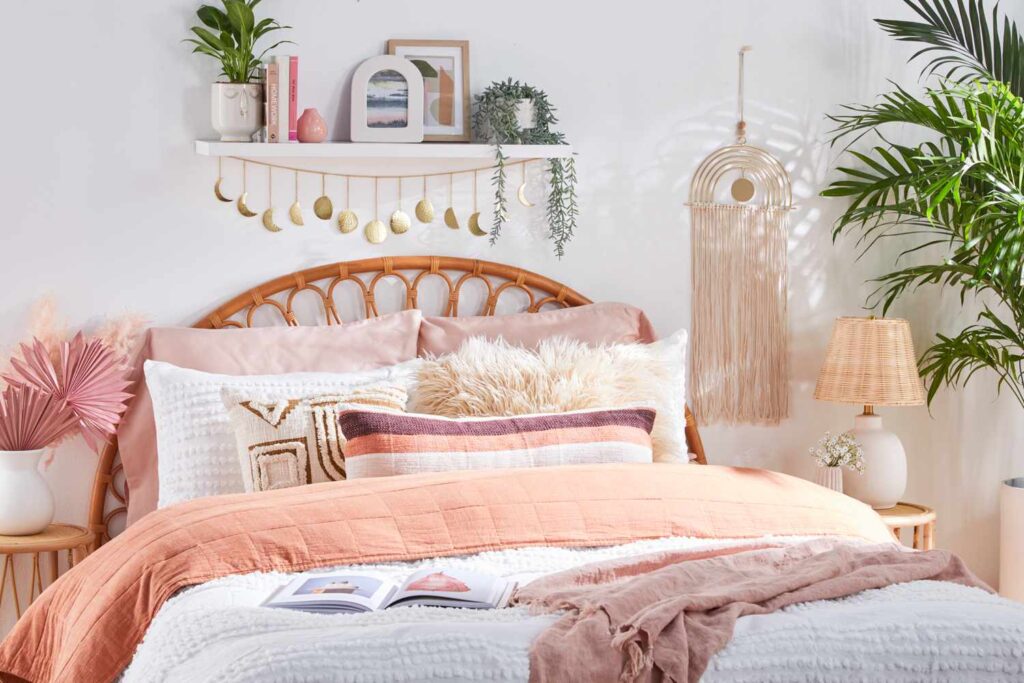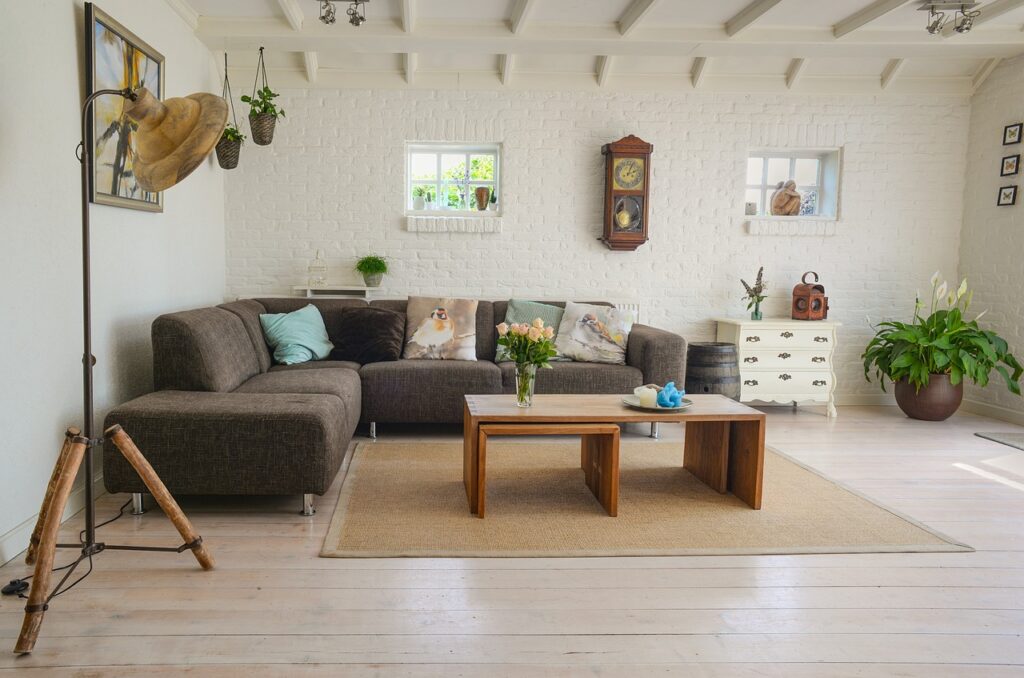Budget-Friendly & Sustainable Design: Create Beautiful Spaces with Purpose
In this blog, we’ll explore how to design stylish, functional interiors that are both budget-friendly and sustainable design. Therefore, we’re proving that great design doesn’t have to come at a high cost—neither for you nor for the planet.
You don’t need a massive budget or luxury labels to create a space that feels good, functions well, and reflects your values. In fact, moreover, some of the most thoughtful designs are precisely those that balance affordability and sustainability.
What Is Sustainable Design?
Sustainable interior design is about creating spaces that minimize environmental impact. This is achieved through several key practices:
Conscious material choices: Prioritizing materials that are renewable, recycled, or locally sourced.
Efficient use of resources: Optimizing energy, water, and space within the design.
Waste reduction: Minimizing construction and post-consumer waste through thoughtful planning and material selection.
Long-lasting functionality: Designing for durability and adaptability, thereby extending the lifespan of the space.
Ultimately, it’s about choosing what’s kind to the planet and, equally important, to your budget.

Myth Busted: Sustainable Design ≠ Expensive
Many people assume sustainability means spending more. However, here’s the truth:
Upcycling, DIY, and choosing second-hand often save money. This approach reuses existing resources, thereby cutting down on new purchase costs.
Buying less but buying smarter means lower long-term costs. Investing in durable, high-quality items, consequently, reduces the need for frequent replacements.
Energy-efficient homes reduce monthly bills. Through improved insulation and efficient appliances, you can significantly lower ongoing utility expenses.
In short: Sustainable can indeed be smart, and moreover, it can be highly affordable.
Key Strategies for Budget-Friendly, Sustainable Design
1. Start with What You Have
Your Sustainable Design Journey Starts Here: Utilizing Existing Resources
Before buying anything new, take inventory: This initial step is crucial.
Can you reuse, repaint, or repurpose existing furniture? For example, an old dresser might become a new media console.
Can old fabrics be turned into cushion covers or curtains? This offers a sustainable and creative way to update your decor.
Could a worn-out piece be refreshed with polish or hardware updates? Often, a small effort can yield a significant transformation.
In essence, “Use what you have” is ultimately the greenest and, consequently, the cheapest design principle.
2. Shop Second-Hand or Vintage
Pre-loved pieces offer numerous benefits:
They are often more durable (e.g., solid wood, metal), consequently ensuring longevity.
They add character and uniqueness to your space, thereby avoiding a generic look.
They cost significantly less than new, mass-produced items, thus providing excellent value.
Therefore, consider exploring local markets, online marketplaces, or antique stores to find these treasures.
3. Choose Timeless Over Trendy
Trendy items often become clutter. In contrast, sustainable design favors a more enduring approach, specifically:
Classic styles that won’t easily go out of fashion. Consequently, this means your investment remains relevant for years.
Neutral tones that readily adapt to changing decor. Therefore, you can update your space with accessories rather than major overhauls.
Multipurpose furniture that grows with your needs. For instance, a sofa bed or an expandable dining table offers versatility and longevity.
Ultimately, this approach helps you save now, and moreover, save again later.
4. Use Low-Cost, Eco-Friendly Materials
Some sustainable materials are also remarkably budget-friendly:
Bamboo: This material is fast-growing, affordable, and incredibly stylish.
Cork: Moreover, cork is durable and makes a great choice for flooring or wall panels.
Jute: Furthermore, jute is perfect for rugs, baskets, and various décor items.
Clay, terracotta, or earthenware: Additionally, these are natural, elegant, and provide a timeless appeal.
Therefore, it’s clear that sustainable materials don’t have to break the bank.
5. Focus on Energy Efficiency
Sustainable design fundamentally includes how your space functions:
Use LED lighting: This consequently leads to lower monthly bills and provides a significantly longer lifespan.
Maximize natural light: Moreover, doing so effectively reduces energy use during daylight hours.
Opt for ceiling fans instead of air conditioners: This offers a more energy-efficient alternative, thereby consuming less power.
Use thermal curtains to regulate indoor temperatures: Furthermore, these help maintain comfortable indoor climates, thus reducing heating and cooling demands.
Ultimately, functionality is as much a crucial part of design as furniture or paint.
6. DIY Where You Can
Whether it’s:
Painting a wall with eco-friendly paint,
Repurposing wooden crates into shelves, or even
Sewing your own cushion covers from scrap fabric,
Ultimately, however you choose to approach it, DIY saves money, reduces waste, and consequently, makes your space uniquely yours.


7. Buy Local and Support Small Businesses
Locally made products offer several significant advantages:
They reduce carbon footprint, primarily because of less shipping and transportation.
They often utilize traditional or sustainable methods of production, thereby supporting eco-friendly practices.
They directly support your local community, furthermore, boosting the regional economy.
For instance, handcrafted pottery, linens, or furniture can be both affordable and, moreover, deeply meaningful additions to your space.
The Emotional Value of Sustainable Design
There’s more than just financial value in sustainable design. Indeed, it also creates:
Peace of mind: You gain this from knowing you’re actively reducing your environmental impact.
Personal connection: You develop this to items you’ve chosen or made yourself.
Longevity in your space: This further allows you to avoid the throwaway culture.
Ultimately, therefore, sustainability isn’t just a practice—it’s fundamentally a mindset.
Budget & Eco-Friendly Room Ideas (Quick Wins)
Rooms and Quick ideas
Living Room Thrifted coffee table + jute rug
Bedroom Upcycled headboard from reclaimed wood
Kitchen Open shelves from repurposed crates
Bathroom Glass jar storage + compostable bath mats
Balcony DIY planters from tins + bamboo blinds
Final Thoughts: Style with Substance
Designing on a budget doesn’t mean compromising on beauty. Similarly, designing sustainably doesn’t mean giving up comfort. Indeed, the true magic happens when you bring both together.
Make thoughtful choices: Consider the long-term impact and value of each item.
Embrace creativity: Find unique, personalized solutions through upcycling or DIY.
Design for the long run: Prioritize durability and timelessness over fleeting trends.
Ultimately, when your space feels good, functions well, and truly reflects your values, you’ve nailed budget-friendly, sustainable design.


